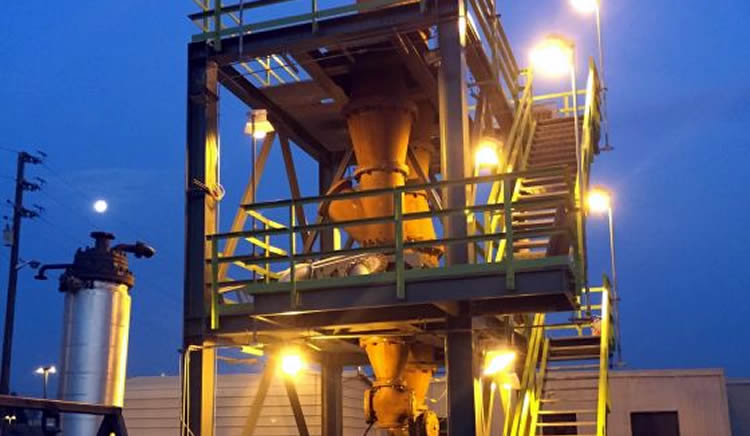UC Riverside study finds California can replace up to 5 percent of its natural gas supply using existing raw materials and infrastructure.
Riverside, CA – The University of California, Riverside’s Center for Renewable Natural Gas has released a study evaluating California’s renewable methane production potential from in-state resources through landfill gas upgrading and anaerobic digestion. The study shows that renewable natural gas from existing resources can play a key role in helping the state achieve its climate and renewable energy goals.
Researchers analyzed feedstock availability, production costs, and greenhouse gas emissions of renewable natural gas production from landfill gas, animal waste, food/green waste, and biosolids.
They found that approximately 99 billion cubic feet of renewable natural gas can be produced annually through landfill gas conversion and anaerobic digestion, both of which are commercially mature technologies. Gas produced this way can replace as much as 5 percent of the state’s total natural gas consumption and will reduce greenhouse gas emissions by 11.4 carbon dioxide- equivalent million metric tons compared to fossil gas use.
The costs and emission reductions associated with the state’s electric sector through these scenarios were also evaluated as part of the study. The results show carbon abatement costs through renewable natural gas use are comparable to other regulatory approaches, including the successful renewable portfolio standard program.
The study recommends California adopt a renewable gas standard to expedite increased renewable natural gas production and use. A renewable gas standard would require the injection of increasing percentages of renewable gas into the natural gas pipeline infrastructure to meet specific renewable percentage targets compared to total natural gas consumption.
The study recommends California adopt a renewable gas standard to expedite increased renewable natural gas production and use. A renewable gas standard would require the injection of increasing percentages of renewable gas into the natural gas pipeline infrastructure to meet specific renewable percentage targets compared to total natural gas consumption.
“The analysis shows that renewable natural gas production from in-state resources can make a meaningful and sustained contribution toward the state’s greenhouse-gas goals at costs that are comparable to ongoing and proposed measures,” said Arun Raju, director of the Center for Renewable Natural Gas at UCR’s Center for Environmental Research & Technology, and the lead researcher on the study. “Replacing 5 percent of the state’s fossil natural gas consumption with renewable natural gas would represent a valuable and consequential transition toward renewables with significant greenhouse-gas emission reductions.”

